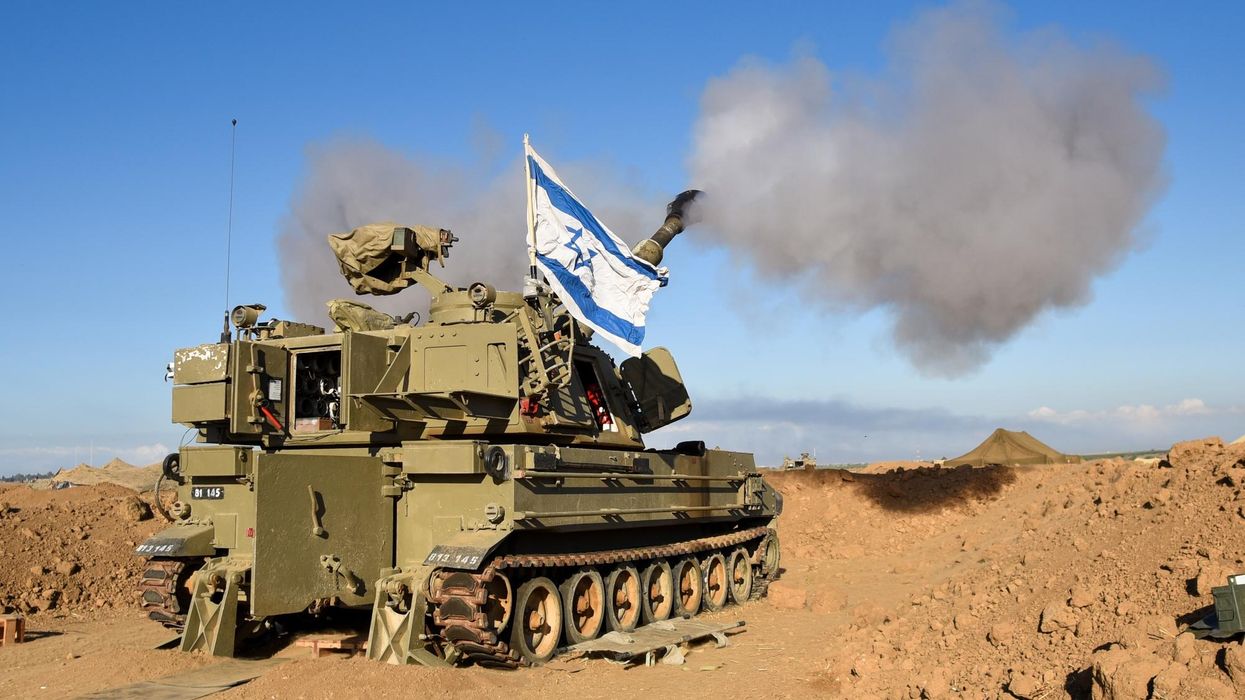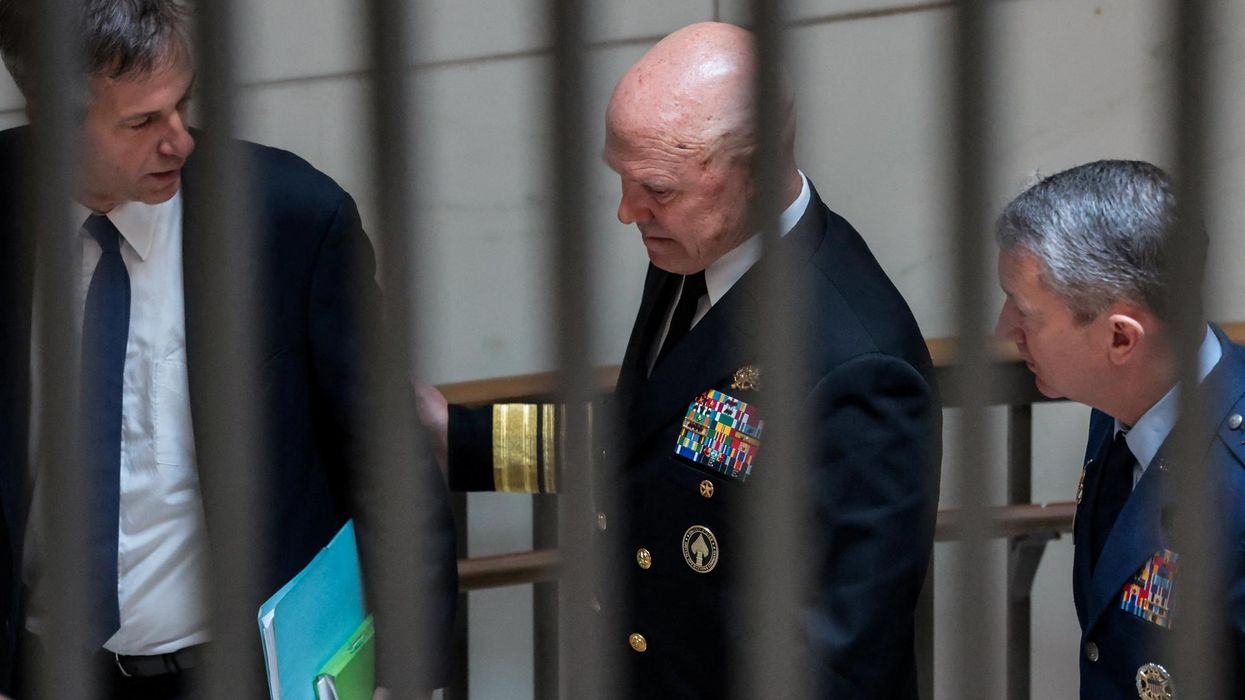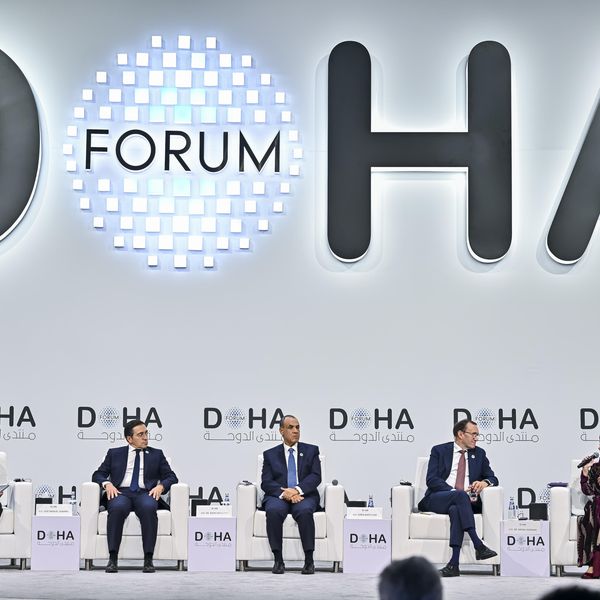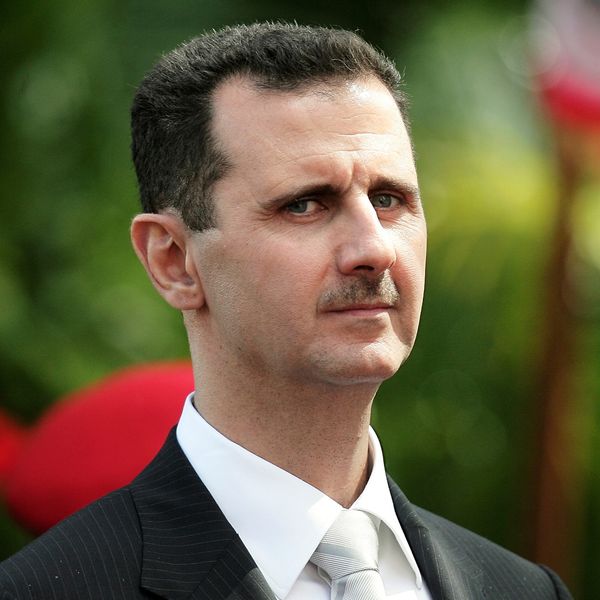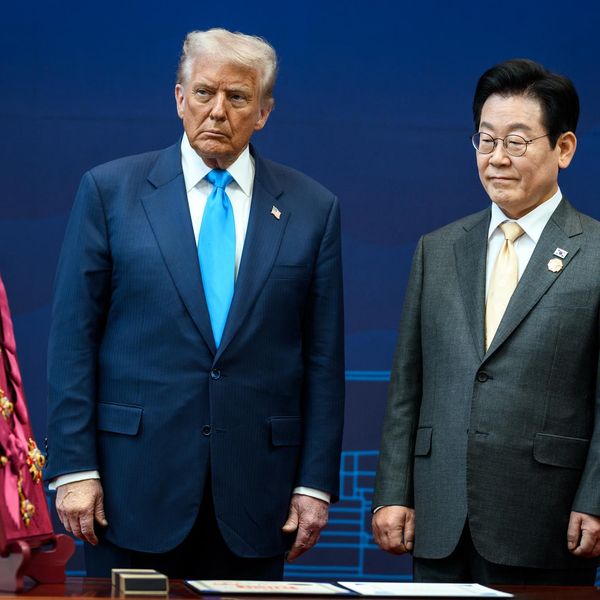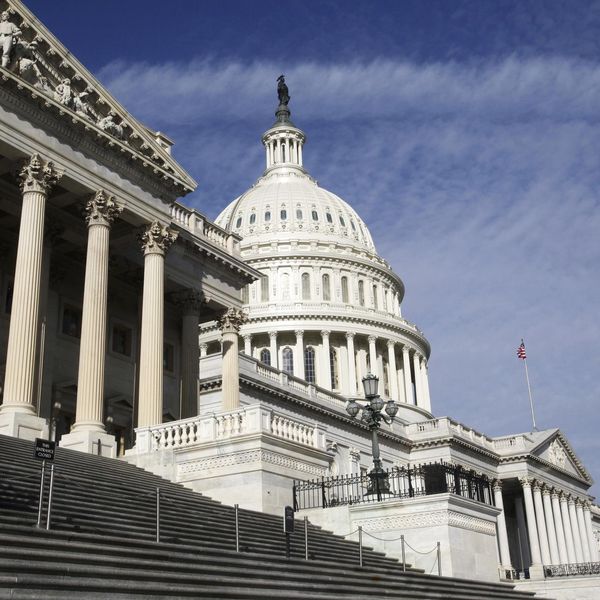A brief period of global cooperation across ideological lines comes to a decisive end with a war in a contested frontier zone, inaugurating a prolonged struggle between hostile blocs. That enmity is paired with a U.S.-led sanctions regime that, while initially envisioned as a temporary and flexible policy tool, soon becomes deeply entrenched.
While inflicting suffering on average citizens in targeted states, the sanctions prove difficult to enforce, globally unpopular, and ultimately counterproductive. For one thing, they foster even closer ties between Washington’s ideological foes despite their own very real disagreements. Meanwhile, they also gradually alienate the vast majority of states that seek to remain non-aligned while pursuing their own development.
The extensive sanctions against the Soviet Union from 1949 and “Red China” from 1950 were, looking back, hardly a success story.
These aspects of the Cold War might very well end up being repeated in “Cold War II” — a term that increasingly seems almost inevitable considering the escalating confrontations characterizing the Washington-Moscow and Washington-Beijing relationships. Of course, it’s important to continue exploring any potential for a cooperative but principled modus vivendi among great, middle, and small powers in place of the Biden administration’s over-ambitious (and at times self-contradicting) struggle of “democracies versus autocracies.” However, even on the purely tactical level, the sanctions campaign can raise serious doubts.
As the measures applied to Russia grow more likely to expand into a near-total trade embargo, they call to mind not recent examples of enforcement like those against Iran because of its nuclear program but rather those of the Cold War, such as the U.S. embargo on China that was initiated at the start of the Korean War, not to be lifted until 1972. During the interim, Washington found itself increasingly isolated with respect to both its non-recognition of Beijing and its attempts to stifle the latter’s economy. China quickly developed its previously negligible trade ties with Communist bloc states — thus helping solidify Beijing’s “junior partner” status to Moscow. By the 1960s, it was also engaged in growing trade even with U.S. allies, notably West Germany, Japan, Britain, Canada, and Italy. As with Cuba later on, Washington’s embargo failed in its ambitious aim of regime change.
It would take the unexpected shocks of the Sino-Soviet split over ideology and geopolitics and the successive internal coups of the Cultural Revolution before the U.S.-China relationship would be normalized, and far longer for trade volume to return to 1950 levels. Sino-German and Sino-Japanese trade ties, which over time have played a major role in promoting the economic hyper-competitiveness of all three parties at the expense of U.S. workers, were both symbolically and practically founded on the contrast between Bonn’s and Tokyo’s pragmatism and Washington’s quasi-religious faith in its power to isolate a disliked regime.
More serious, however, were the self-inflicted losses associated with Washington’s pressure on newly decolonized states to avoid friendly ties with (or aid from) Moscow or Beijing. This was underscored when the Bandung Conference of Asian and African states met in 1955 to pursue “a peaceful and neutral zone between the two big camps” of the Cold War. Washington looked on with alarm and sought to “counterbalance the powerful Communist and neutralist (sic) influences” Bandung represented, as Newsweek put it at the time. The self-defeating legacy of U.S.-backed coups and outright invasions that were to follow speaks eloquently for itself.
It’s no coincidence that most states that have historically viewed themselves as part of the “Third World,” including but not limited to the 120 states formally associated with the Non-Aligned Movement, are adopting a very different stance from Washington’s today. The unprecedented Western punitive response to Russia’s aggression in Ukraine, including the devastating sanctions regime, flight bans, crucial financial and military support to Kiev and more, has not displaced “neutrality” and its principles with respect to the great majority of countries that have declined to follow suit. That includes many of the 141 out of 193 U.N. member states voting on March 2, or the 139 voting on March 24, to condemn “aggression by the Russian Federation against Ukraine in violation of Article 2 (4) of the [UN] Charter.” Denouncing an illegal war is one thing; launching an economic counterattack is another.
Criticizing India for “fence-sitting” or threatening China with “consequences” for any support it may provide to Russia — without apparently spelling out whether simply maintaining normal trade relations, as many other states have, will or will not be treated as “support” — is not a recipe for building or sustaining a genuine global coalition to oppose Moscow’s aggression. As was the case with its attempt to isolate Beijing after 1950, Washington today will not be able to develop any consistent or convincing way to fully, totally isolate Russia’s economy. If subsidiary sanctions are to be levelled against Chinese firms engaged in non-military trade with Russia, then why not, say, Mongolian ones? Do the latter’s proximity to Russia, close historical ties, serious potential economic losses, and proclaimed “neutral” status offer a valid excuse from joining the “outcasting” coalition of the willing? Why, then, would the same reasons not apply to China itself, along with a wide range of states in similar situations? As we hear more outbursts like Pakistani Prime Minister Imran Khan’s “are we your slaves?”, will anyone in the Beltway be listening?
The “economic weapon” is here to stay. But like any weapon, it needs to be used carefully. The push to turn a bold policy decision by Washington and its NATO allies (and even a select few “neutrals” such as Switzerland and Finland) into an imposed rule for the entire global community could backfire in various ways, mundane or spectacular. With Ukraine itself now seriously considering neutral status as part of a possible peace agreement, Washington and Brussels should acknowledge the legitimacy of neutrality as to their enforcement measures. Committing to decades of struggle against “autocracy” may well end up being as quixotic as the struggles against “communism” and “terrorism.” One way to make it even more so is to cede recognition of neutrality — and its natural complement, multipolarity — to the autocrats.



